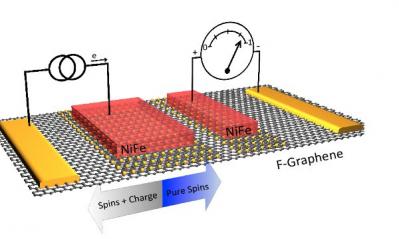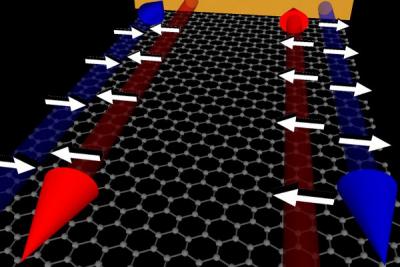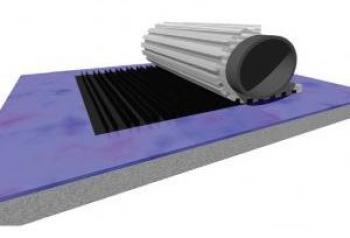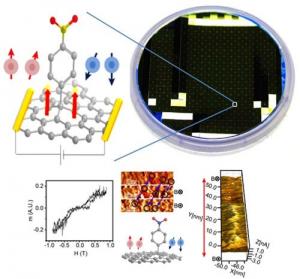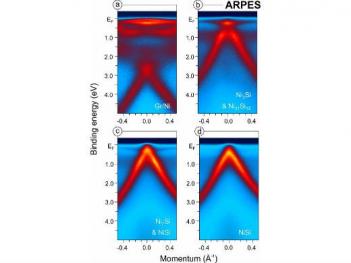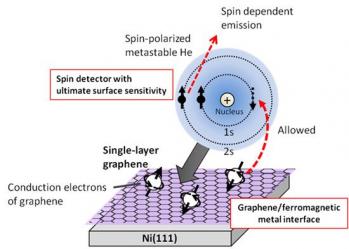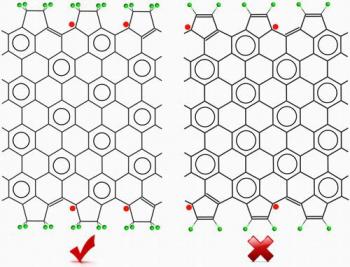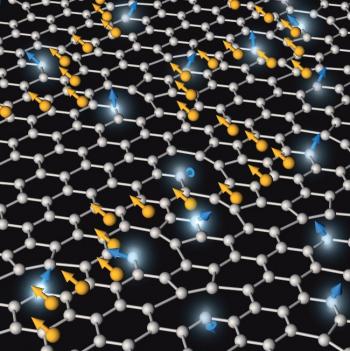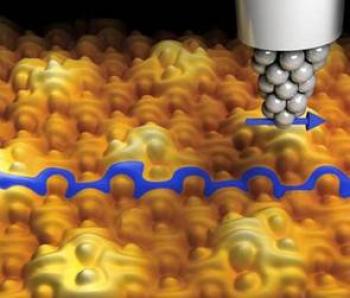New self-assembly method to produce pristine graphene nanoribbons with zigzag edges
Researchers from UCLA and Tohoku University developed a new self-assembly method to fabricate pristine graphene nanoribbons with zigzag edges. Those ribbons are especially suited for spintronics applications, as zigzag edged graphene is most magnetic.
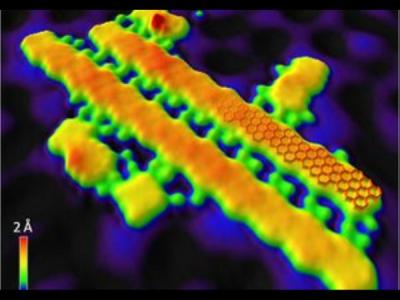
The new technique use a copper substrate that was altered so that carbon molecules automatically assemble on it as zigzag ribbons. The researchers can control the ribbons length, edge configuration and location on the substrate.
